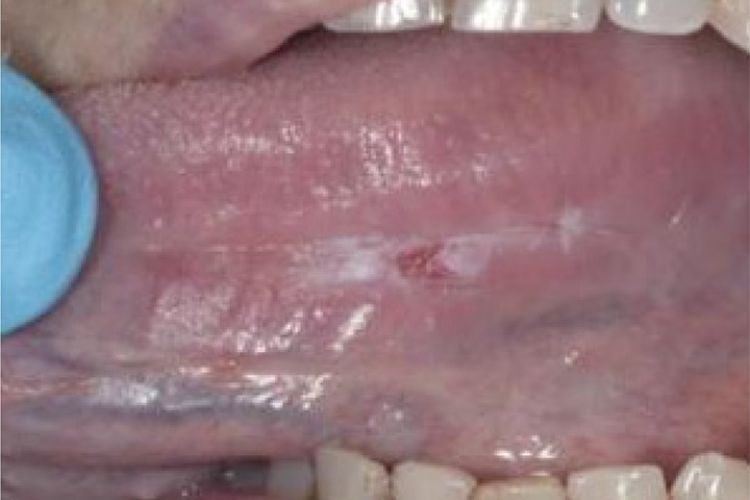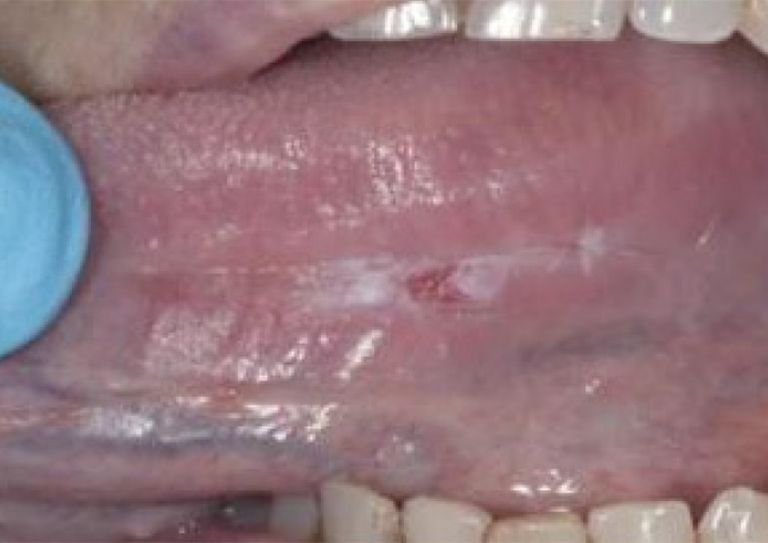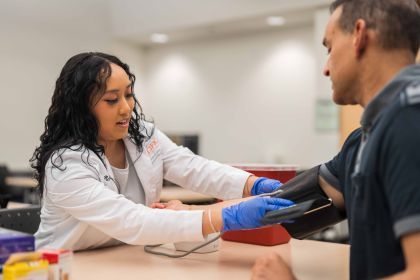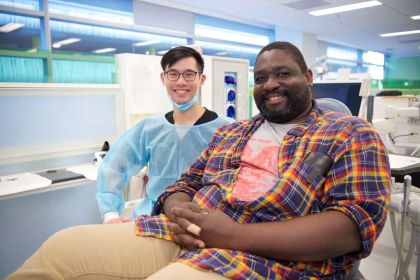Breadcrumb
Detection of Early-Stage Oral Cancer Lesions: A Survey of California Dental Hygienists
What is it?
A survey assessing dental hygienists' knowledge of the signs of oral cancer, their ability to detect early-stage lesions, and the factors that impact their success rate.
What problem does it aim to solve?
Head and neck cancer is responsible for 350,000 deaths worldwide every year. Most cases are not diagnosed until they're in advanced stages; early detection would improve the odds of surviving for five years from 30% to 80%. Dental hygienists are on the "front lines" of cancer prevention in terms of their opportunity to detect and monitor abnormalities of the oral soft tissues. The goal was to evaluate their competency to do so, as well as to identify barriers to detection and follow up.
How does it work?
A 20-item survey was sent to dental hygienists whose email addresses were listed in the California Dental Hygienist Association's database. Respondents were asked about their examination practices, and were also asked to assess photographs of suspicious mouth lesions.
What are the real-world implications?
While most dental hygienists have the knowledge to conduct oral cavity exams effectively, there is room for improvement in their education and procedures. Not all hygienists follow a consistent set of examination practices. Barriers identified included dentists themselves, who sometimes did not follow through on the hygienist's recommendations. Patients themselves may be unaware of oral cancer risk, and if the dentist in charge isn't communicating clearly about the importance of the oral exam to detect early signs of cancer, they may not see it as a priority.
What are the next steps?
Teaching and promoting a standardized method for oral cavity examinations, including palpation of the lymph nodes and tongue, as well as emphasizing the visual appearances of lesions, would help ensure the detection of oral cancer at an earlier stage.

Leukoplakia. Most common precancerous lesion (89%: 618/695)
Source
"Detection of Early-Stage Oral Cancer Lesions: A Survey of California Dental Hygienists", Vol. 90, No. 6, December 2016, The Journal of Dental Hygiene
Authors
Dayna M. Hashimoto Barao, RDH, BS, MS; Gwen Essex, RDH, MS, EdD; Ann A. Lazar, PhD; Dorothy J. Rowe, RDH, MS, PhD
Dayna M. Hashimoto Barao, RDH, BS, MS, graduate of the Master of Science Program in Dental Hygiene, University of California, San Francisco
Gwen Essex, RDH, MS, EdD, Clinical Professor, Department of Preventive and Restorative Dental Sciences at the University of California, San Francisco; Co Director of the Virtual Dental Home Clinics at University of the Pacific, Arthur A. Dugoni School of Dentistry
Ann A. Lazar, PhD, Assistant Professor and Dorothy J. Rowe, RDH, MS, PhD, Associate Professor Emeritus in the Department of Preventive and Restorative Dental Sciences, University of California, San Francisco






